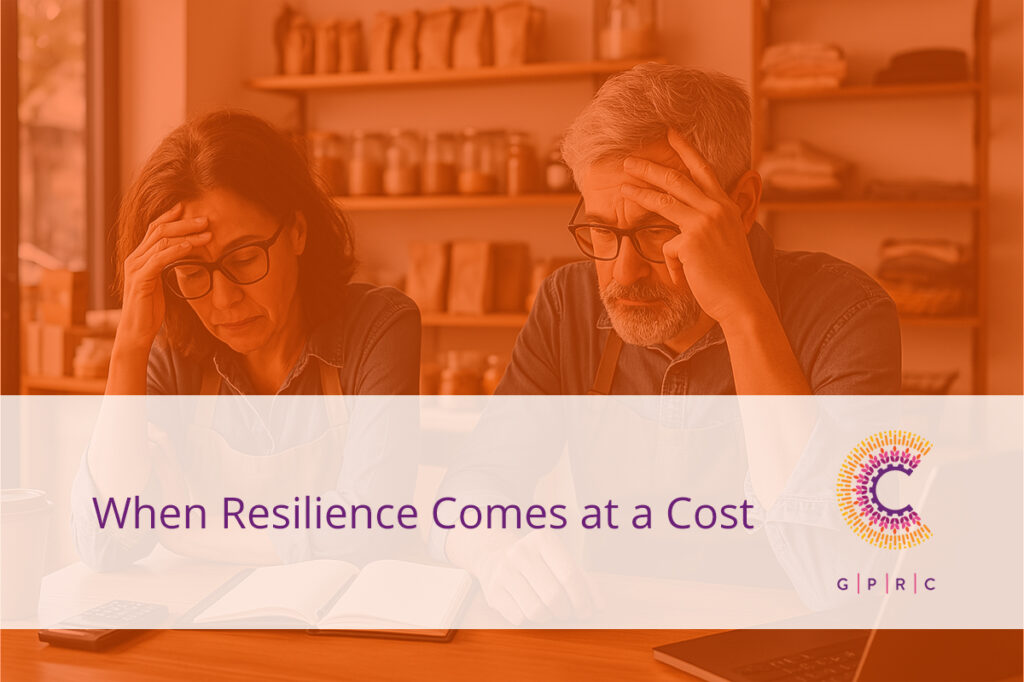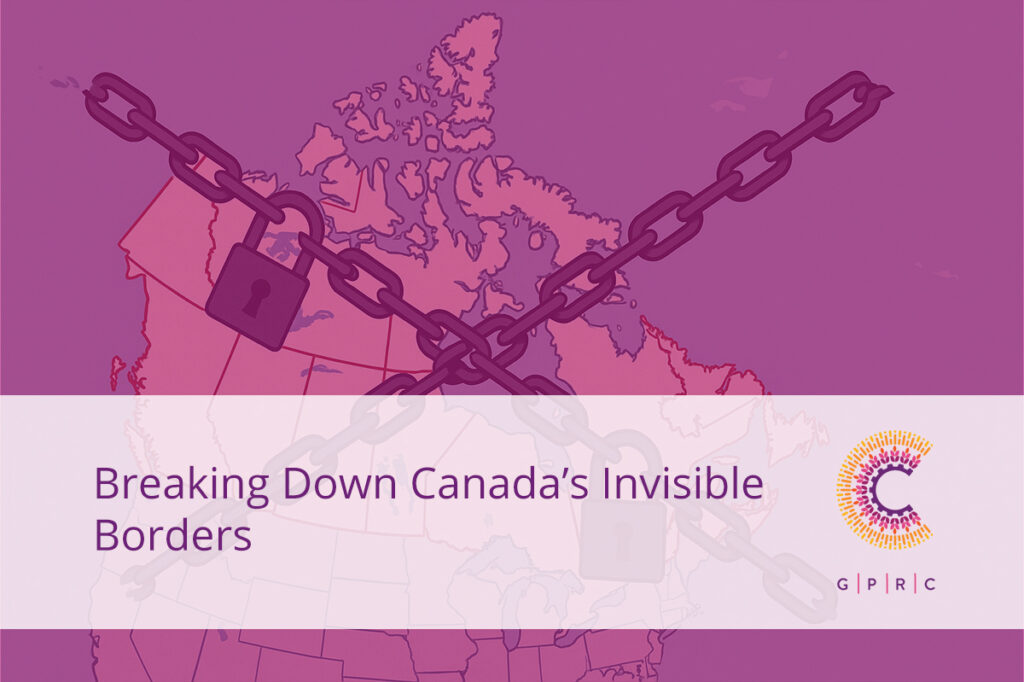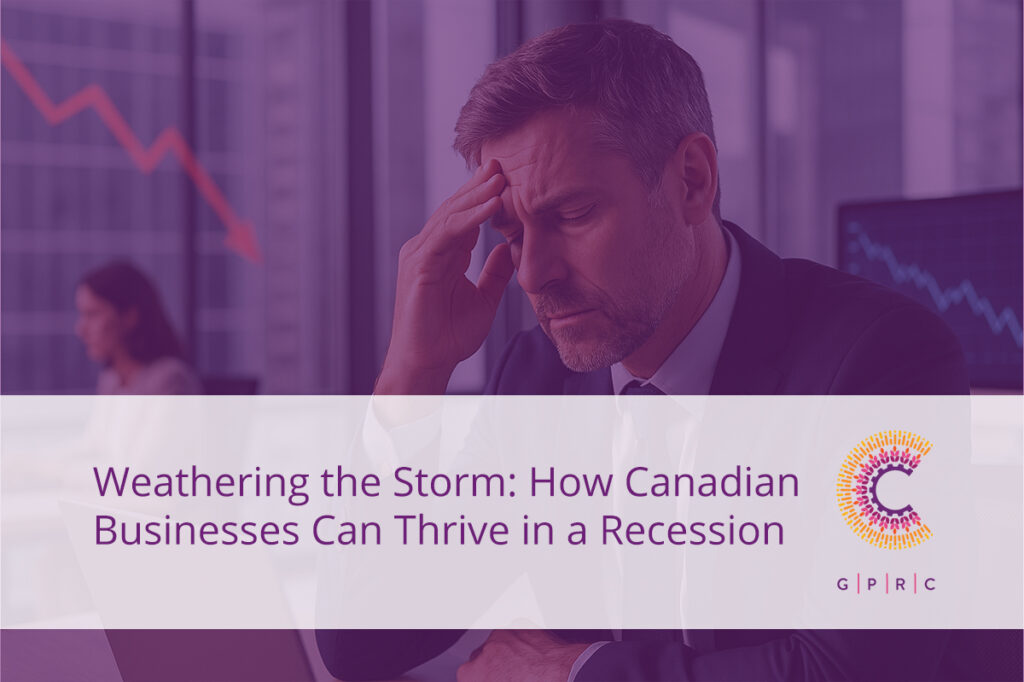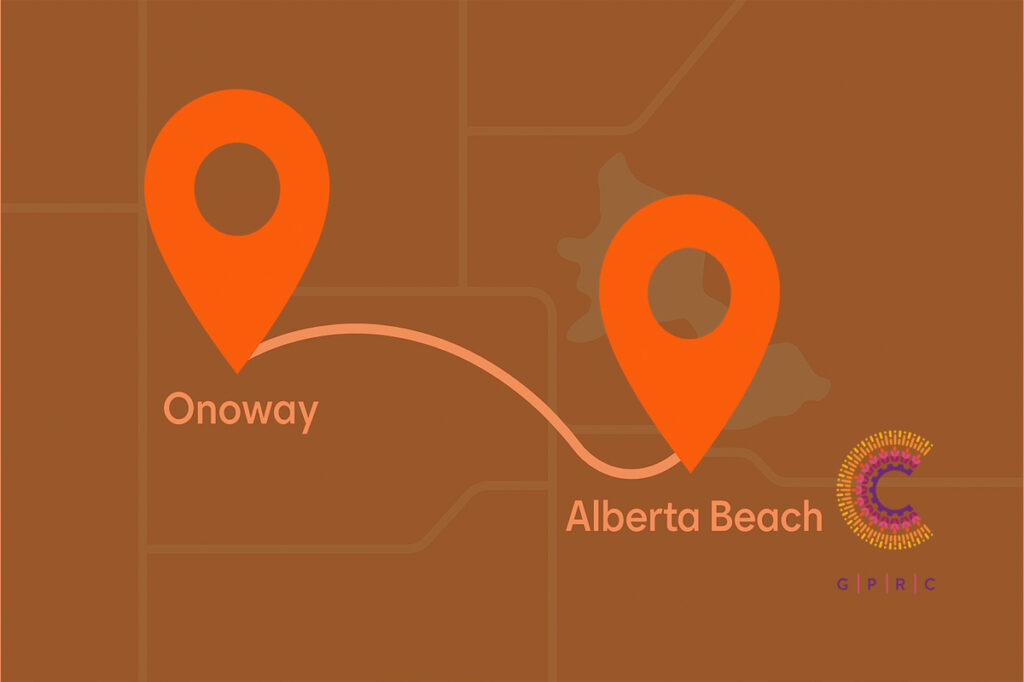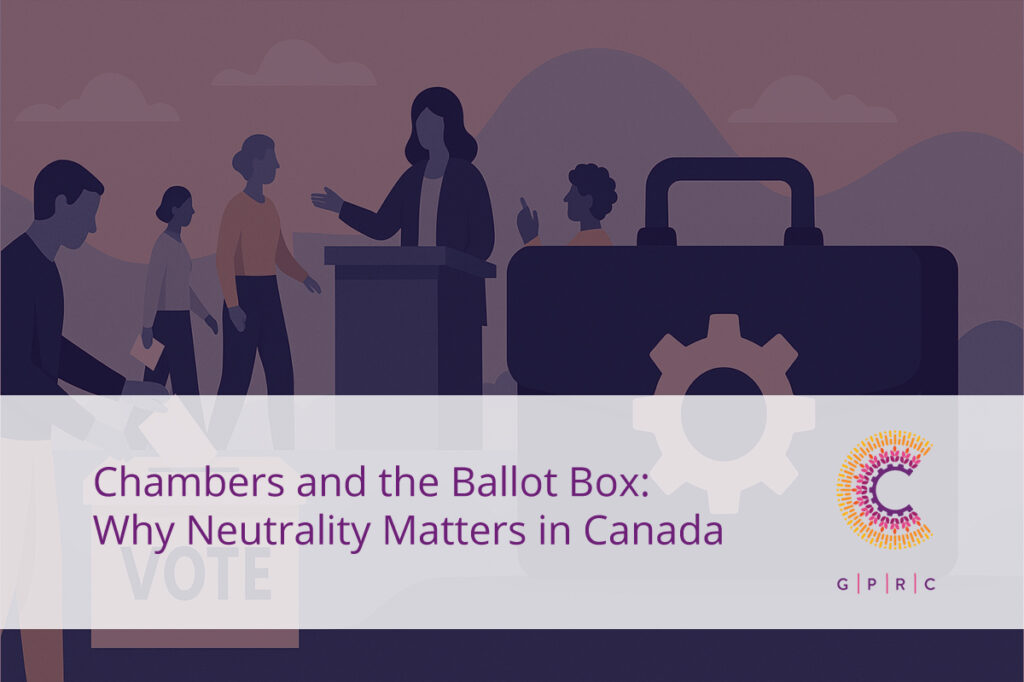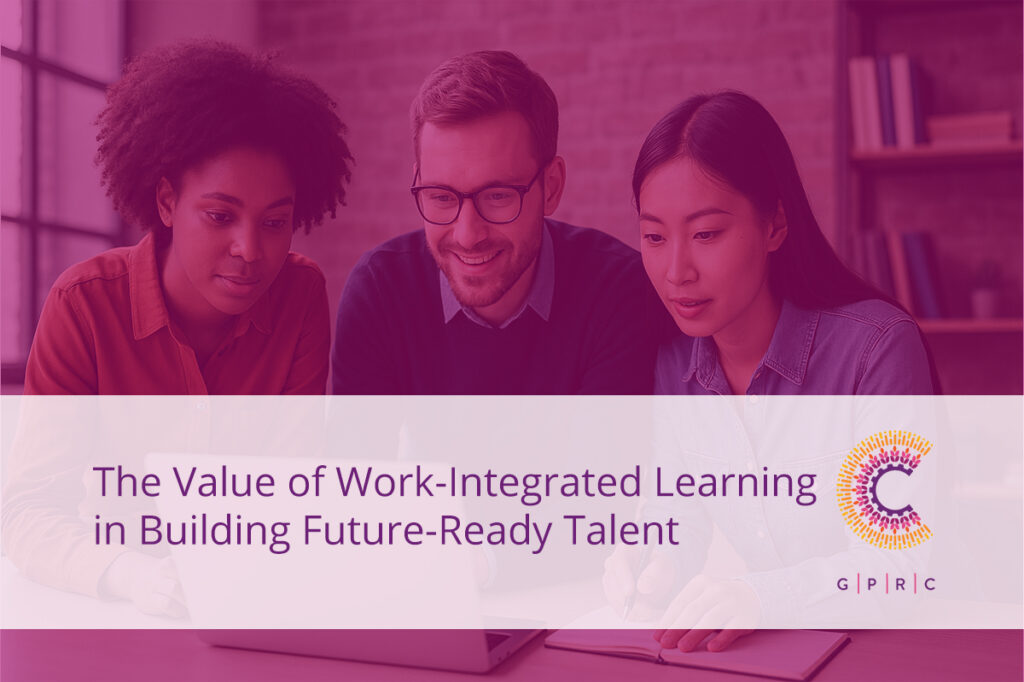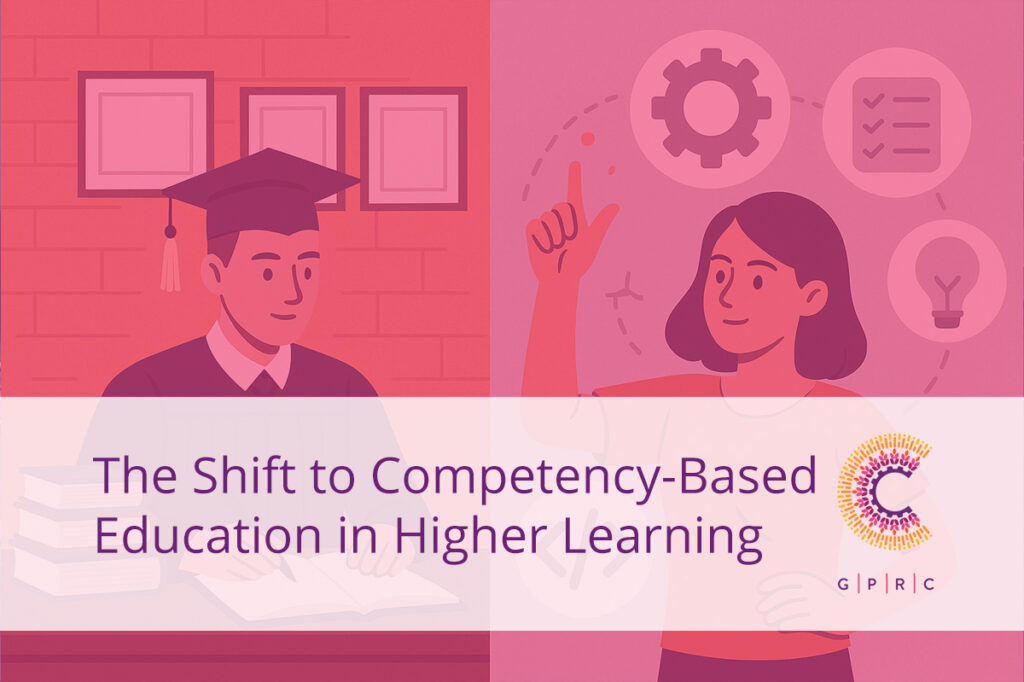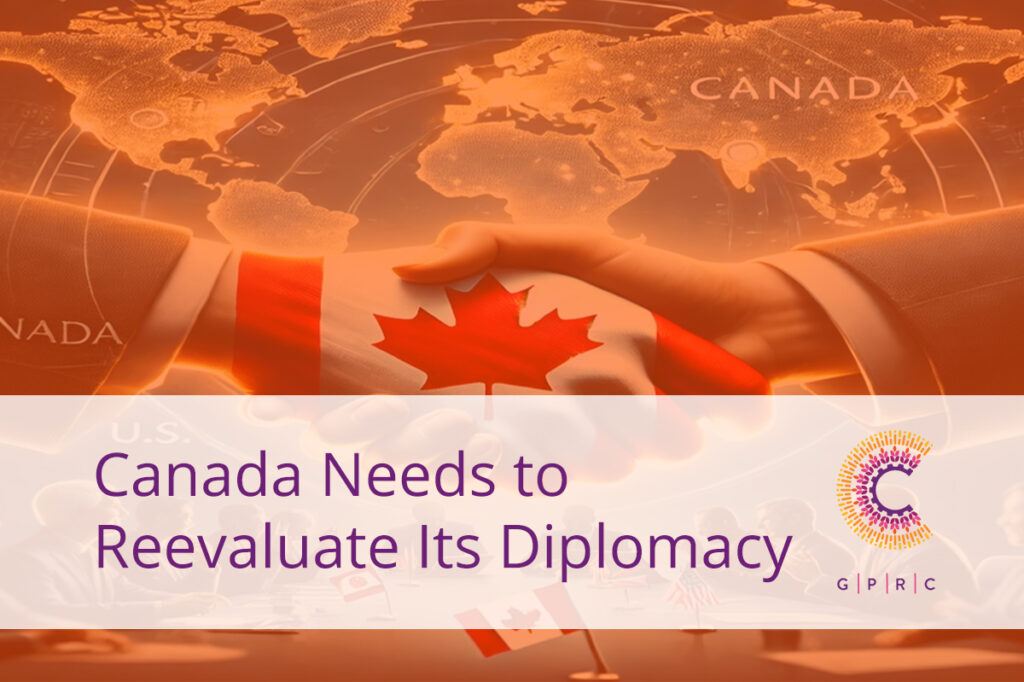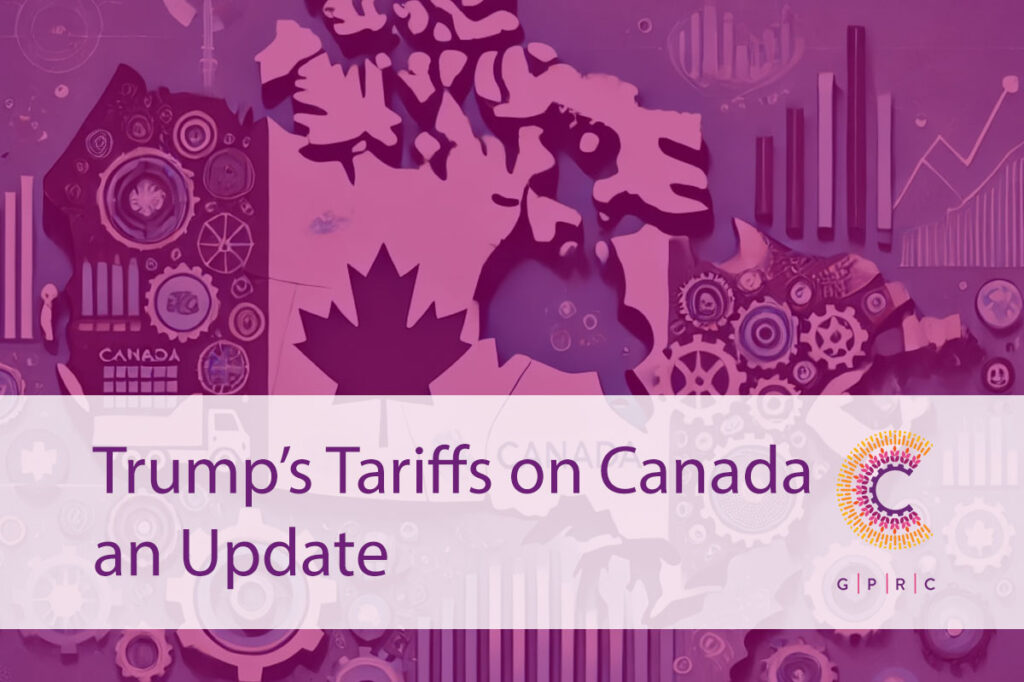The Value of Work-Integrated Learning in Building Future-Ready Talent
The Changing Demands of the Workforce
In today’s dynamic and competitive global economy, employers are seeking more than academic credentials—they’re looking for graduates who can adapt, think critically, and contribute from day one. This is where Work-Integrated Learning (WIL) becomes indispensable.
WIL bridges the gap between classroom theory and real-world application, providing students with structured opportunities to gain practical experience while completing their studies.
Whether through internships, co-operative education, service learning, or industry projects, WIL allows students to test their skills in real workplace settings, develop professional networks, and gain insights into industry expectations.
Multi-Dimensional Benefits
The benefits of WIL are substantial and multidimensional. For students, it enhances employability, fosters confidence, and builds workplace readiness. For employers, WIL offers access to emerging talent, fresh perspectives, and opportunities to shape future professionals to meet the evolving needs of the industry. For academic institutions, WIL strengthens curriculum relevance and reinforces their role as engines of innovation and workforce development.
Beyond individual benefits, WIL supports national economic growth. It cultivates a pipeline of skilled, adaptable graduates ready to address complex challenges and drive progress in diverse sectors. In regions facing youth unemployment or skills mismatches, WIL is a strategic tool to ensure that education leads directly to meaningful employment outcomes.
A Collective Investment in the Future
As we prepare the workforce of the future, investing in and scaling high-quality WIL programs must be a shared priority among educators, policymakers, and industry leaders. WIL doesn’t just prepare students for the world of work—it transforms them into professionals who are equipped to lead, collaborate, and innovate.
Conclusion: A Cornerstone of Modern Education
Work-Integrated Learning is not an optional enhancement. It is a critical component of modern education and a cornerstone of sustainable talent development.
When Resilience Comes at a Cost
Nearly seven in ten Canadian small business owners have cut their pay and postponed personal milestones to keep their businesses afloat, revealing the hidden cost of resilience behind entrepreneurship. The blog urges communities to share, recommend, and thank local businesses—reminding readers that survival depends on collective support, not individual grit.
Breaking Down Canada’s Invisible Borders
Canada’s interprovincial trade barriers make it harder for businesses to trade across provinces than with foreign countries, costing billions, limiting consumer choice, and slowing economic growth. These barriers persist mainly due to politics, as provincial governments protect local industries and revenue, even though removing them would boost GDP, jobs, and national unity.
Weathering the Storm: How Canadian Businesses Can Thrive in a Recession
In a recession, businesses should focus on their top customers, maintain strong visibility, and recalibrate strategies to stay resilient and valuable.
Expanding Connections – Chamber Now Services Onoway and Alberta Beach
The GPRC expands its services to Onoway and Alberta Beach, strengthening regional business support and economic development across Alberta.
Chambers and the Ballot Box: Why Neutrality Matters in Canada
The Greater Parkland Chamber stays neutral during elections, focusing on informing voters to support strong, credible, and engaged local leadership.
How Chambers of Commerce Support Members Through Tough Times
Local Chambers of Commerce are powerful allies for businesses during tough times, offering exclusive savings, marketing opportunities, and invaluable community support. By becoming a member, you gain tools and connections that help your business not only survive—but thrive.
The Value of Work-Integrated Learning in Building Future-Ready Talent
Work-Integrated Learning (WIL) connects classroom learning with real-world experience to prepare students for career success. By integrating internships, co-ops, and industry projects, WIL equips graduates with practical skills, confidence, and professional networks.
The Shift to Competency-Based Education in Higher Learning
Discover how competency-based education in higher learning offers a flexible, skill-focused alternative to traditional degrees—empowering students with real-world readiness.
Canada Needs to Reevaluate Its Diplomacy
March 17, 2025 / Deborah / Comments Off on Canada Needs To Reevaluate Its Diplomacy – and not just with the Americans! In the realm of international business, diplomacy serves as a cornerstone for success. The late Canadian Prime Minister Brian Mulroney, during a 2011 address at the University of Toronto, aptly remarked, “Anyone who…

